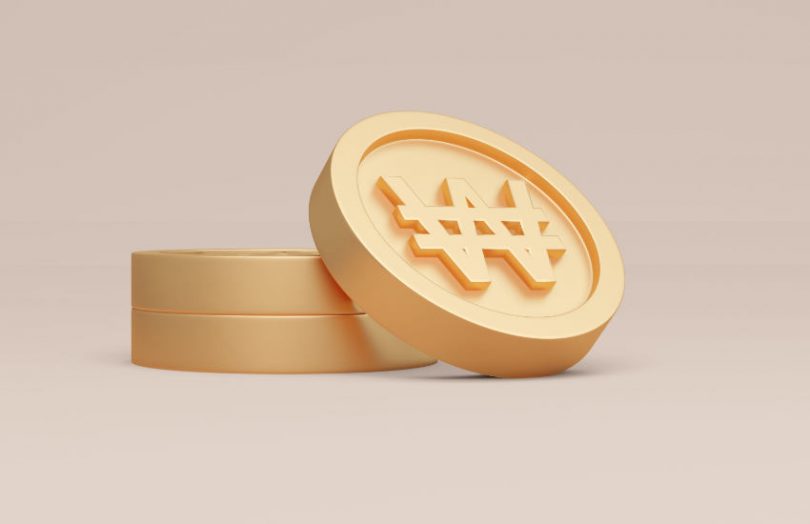Today the Bank of Korea (BoK) announced plans for a wholesale central bank digital currency (wholesale CBDC) pilot in conjunction with the Bank for International Settlements (BIS). Key motivations for the Korean wholesale CBDC include acting as a settlement asset for commercial bank tokenized deposits, and exploring the BIS’ Unified Ledger concept.
The central bank previously ran retail CBDC trials but has concluded there is no current need for a retail CBDC, given the efficient payments landscape. However, it will continue to explore technology for an offline CBDC and privacy preserving technologies.
For the Korean wholesale CBDC, the primary driver is to leverage local blockchain prowess for innovative payments and financial services. We’ve reported that asset tokenization is progressing in Korea within a sandbox, and this is a second motivation. Thirdly is the programmability that a tokenized deposit can offer. And finally it’s the first time the BIS will explore its concept of a Unified Ledger in which the CBDC and tokenized assets live on the same network.
Regarding the Unified Ledger, in the forward, the BIS said that “a unified ledger does not imply a sole ledger that overshadows all other systems in the economy”. Instead, it might involve a “central bank-operated core infrastructure and satellite interconnected systems operated by other entities.”
It will restrict initial participants to commercial banks, but it may later expand access to other payment providers, depending on regulatory approval.
Four types of digital currency
Apart from the wholesale digital won, the central bank envisages three types of digital currency. First off is programmable tokenized deposits.
However, it also envisages commercial banks and potentially payment providers issuing e-money that is one-to-one backed by the wholesale CBDC.
A third type of digital currency is for those that might be circulated on other platforms. For example, a DLT platform such as a carbon exchange would need a settlement token. However, these would be backed by tokenized e-money rather than tokenized deposits. And the tokenized e-money resembles a synthetic CBDC.
Banks will have nodes on a shared ledger
Alongside the central bank, commercial banks will operate nodes on the shared permissioned blockchain which logs digital currency transactions and ownership.
One of the concepts is a “Tokenised voucher”. This is a digital currency that is wrapped to limit its usage for a particular purpose. It’s similar to Singapore’s Purpose Bound Money concept. Voucher creators might include companies that issue via banks.
A key point is that the central bank reviews the smart contract for the voucher before it is distributed.
For interoperability with other networks, the Bank of Korea will explore different methodologies. This will include asset transfers using a bridge to other ledgers, as well as asset exchanges using Hashed TimeLock Contracts (HTLC). In the latter case, the owner of the money changes on one ledger, and the owner of the asset changes on the other ledger. So, there is no movement of assets across ledgers. The central bank observed some limitations of HTLC including if there are more than two participants in a transaction.
One issue not mentioned is the potential use of a wholesale CBDC for cross border payments. That’s despite the Bank of Korea acting as an observer in recent MBridge trials for cross border CBDC.
Meanwhile, the Bank of Korea (BOK), the Financial Services Commission (FSC), and the Financial Supervisory Service (FSS) are forming a working group with other regulators for the wholesale CBDC pilot. And it is starting the selection procedure for an IT system integrator today.






